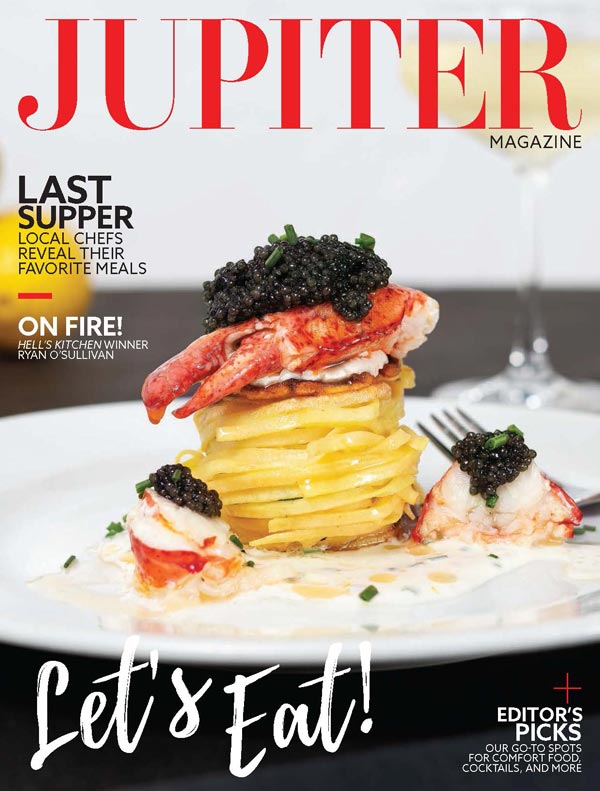I’ve had—and loved—chocolate in most contexts. As bars, in layers of cakes, baked into cookies. Hot with floating marshmallows, cold with sprinkle toppings. A friend who shares my fondness for the flavor once gave me a trinket that sits on a windowsill at home. It reads: “Chocolate will get you through times of no men better than a man will get you through times of no chocolate.” This is an absolute truth.
But, throughout my love affair with the melted to powdery, and rich to bitter delight, there was a way I had not experienced chocolate. A way I needed to experience it. A way I would.
While staying in Placencia, a peninsula off the coast of Belize that cradles the Caribbean, I follow an aerial yoga session and lunch on the beach with a walk to the Naïa Spa for an afternoon appointment.
The spa is tucked below jungle canopies. Stone pathways and small bridges snake over slender streams to the front doors of five detached treatment suites.
Mine faces the lagoon and is equipped with a shower. It is needed, as I am about to be coated in chocolate.
The Mayan Cacao & Spice Wrap treatment starts with a dry brushing that prepares the skin to be painted with a cacao and almond oil concoction. Once fully coated, the therapist applies warm towels and secures them with a wrap similar to tin foil. Then she turns on the bed heater.
My grandma always told me: “You are what you eat.” I think about this, as I lie there, baking like a brownie.
All in all, I realize I’d rather eat chocolate than become it—a timely discovery before embarking the next morning on a trip to the only farm in Belize that both grows cacao and transforms the beans into bars for sale.
We venture over sandpaper roads from the coast to the mainland in a squeaky Taste Belize food tour van. Our guide’s name is Lyra Spang, a Belizean anthropologist and cacao farmer who received her first machete on her 4th birthday. The destination is a couple hours away in San Felipe Village, Toledo District.
When we arrive at Ixcacao Maya Belizean Chocolate, co-owner Juan Cho is wearing a shirt that reads: “Chocolate will save the rainforest.” Unsure how, I still smile, agreeing—chocolate has healing powers after all; I’m sure it could save just about anything.
Cho gives a tour of the crops and chocolate making process. He introduces us to a hot chocolate bitterer than the kind we’ve all indulged in during winter ski trips. This is because it’s pure cacao—no added sugar—how the Maya people discovered and first began enjoying the treat.
To show us how he transforms the beans to liquid, Cho employs a stone tool to grind cacao beans that have already been plucked from the plant and dried. The tool is more like an ancient relic. It was gifted to Cho and his wife/co-owner of Ixcacao, Abelina Cho, on their wedding day by Cho’s grandfather. It has been passed down for hundreds—or perhaps thousands—of years. This means it may have been used by some of the first Maya chocolatiers.
We each get a turn at grinding the beans, using the stone tool, before it’s time to place the chocolate in molds and break for lunch, which Abelina Cho has prepared for us: a Maya chocolate-coated chicken dish baked in banana leaves.
Between bites, Cho shares stories—one about the time Jimmy Carter visited his farm. He says after the former president toured the site and took Cho’s chocolate-making session—learning how cacao, without the added sugars in American chocolate, offers health benefits—he ordered boxes of chocolate regularly to be shipped to him from Ixcacao.
I buy a few bars for myself before we load back into the van. It is my evidence—for friends and family to try when I explain to them that the chocolate I loved, and that they loved, wasn’t really chocolate. It was mostly sugar. This is Cho’s message.
When we get back to the resort, I Google the quip on his T-shirt. “How will chocolate save the rainforest?” What I find has to do with sustaining forests, farmers and their crops. But beyond that, it’s about what Cho’s ancestors started. It’s about getting to eat chocolate and not feeling bad about it because there are no additives. It’s about farm-to-table. It’s about chocolate as it was intended.
If you go:
Stay at the Naïa Resort and Spa in Placencia, Belize; naiaresortandspa.com
Book the Mayan Cacao & Spice Wrap at Naïa Spa; naiaresortandspa.com/placencia-belize-spa-treatments
Take a Chocolate Tour offered through Taste Belize; tastebelize.com















Facebook Comments